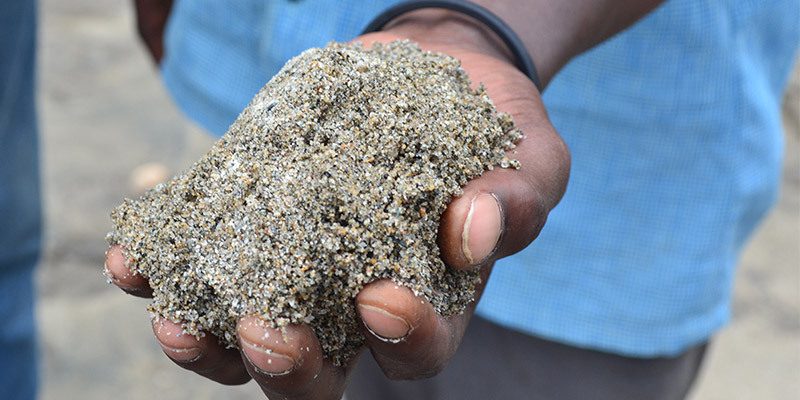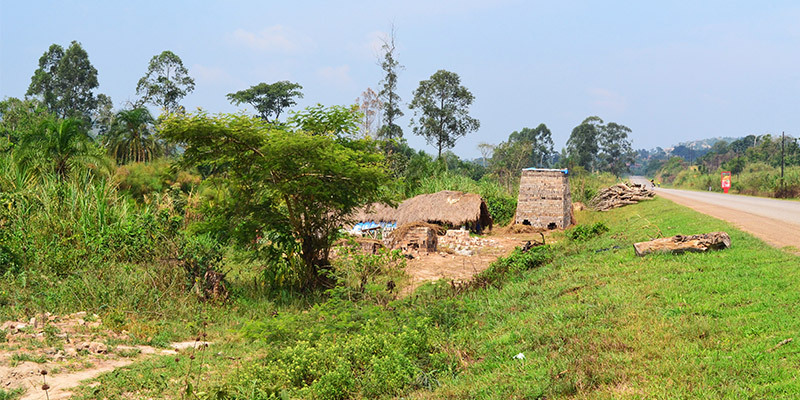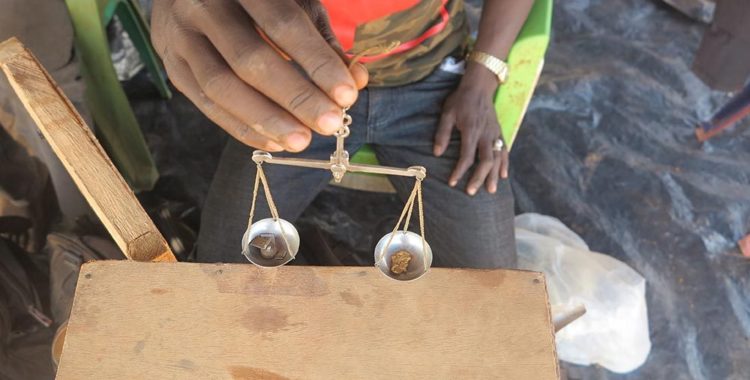In 2017, we witnessed a redoubled effort to address mineral sector governance and responsible sourcing challenges and impacts associated with Artisanal and Small-scale Mining (ASM). The year saw an increase in the number of pioneering initiatives that seek to tackle these challenges head on, with support for research and implementation programmes coming from the public and private sectors alike. 2018 will no doubt see a continuation of this trend; with gold, development minerals and minerals required for battery technologies coming into particular focus.
Levin Sources welcomes this broadening of the agenda and has already produced research outputs that demonstrate the breadth and depth of our knowledge in these growing fields.*
A number of distinct themes have emerged across our portfolio of research and technical assistance projects that demand further attention. Our pioneering research tools that focus on illicit financial flows are already benefitting sector stakeholders and programme implementers, and will continue to do so in the coming year. Other themes include, amongst others: the incidence and impact of intra and inter-country migration on vulnerable groups; transboundary mineral flows and the resultant bearing on state revenue generation potential, and; the distribution of supply chain benefits, with a particular focus on in-country value addition and gender imbalances of benefit distribution.

As we move into 2018, the rapid changes relating to in-demand and focus minerals should not obfuscate, detract, or divert resources from the perennial issues pertaining to mining governance. Of particular note is the need to build effective national and regional governance institutions. This invariably starts with generating data on the sector so that governments can better understand and respond to the context specific issues. Moreover, that they can do so in a resource efficient and targeted manner. As such, the Good Governance team will continue to build upon the 3 national baseline studies (two for Guinea-Conakry and one for Uganda) and 2 ASM national strategies (Kenya and the Democratic Republic of the Congo) that we conducted, developed and/or adopted last year. We will to do this in close consultation with national governments to ensure that we transfer our knowledge of research and planning methodologies - as well as our specific outputs. Close governmental assistance is also at the heart of our ongoing work to conduct a feasibility study and design a public-private-partnership model for gold refining in Madagascar. We emphasise here, as elsewhere, our role here as enablers, noting the importance of state ownership of improved development and sustainability performance of mineral extraction and supply chains.

Furthermore, we will continue to contribute to the development and implementation standards, procedures, and tools that define best practice in the minerals sector, promoting learning and improvement along the way. On this front we have kick-started the year with renewed support to the ICGLR to facilitate the development of their regional gold strategy, essential for the effective implementation of the Regional Initiative against the Illegal Exploitation of Natural Resources.

Always seeking to stay at the cutting edge of mineral sector development, we will seek to enhance our research methodologies and tools, improving the data we collect and the clarity of the picture we present. This will see a shift to the increased use of digital technologies for quantitative data collection, alongside qualitative research approaches. The efficiency savings that this can achieve will also mean that we can bring more to our clients for less.
As we look to the year ahead a number of interesting research studies are in the pipeline that will not only provide continuing support to address the perpetual challenges faced by the sector, but will also bring new insights on these issues.
*Amongst our 2017 outputs are: Baseline of the gold sector in Guinea-Conakry. Toolkit on Gold an Illicit Financial Flows and associated research studies Sierra Leone, Philippines and Mongolia. A “Green Economy Series” on sourcing trends and issues for electric vehicles and solar power. A Baseline of the Development Minerals Sector in Uganda.
Thumbnail/header photo: 'Balancier' or 'local trader', Mandiana, Guinea, 2016. Levin Sources/Adam Rolfe.






